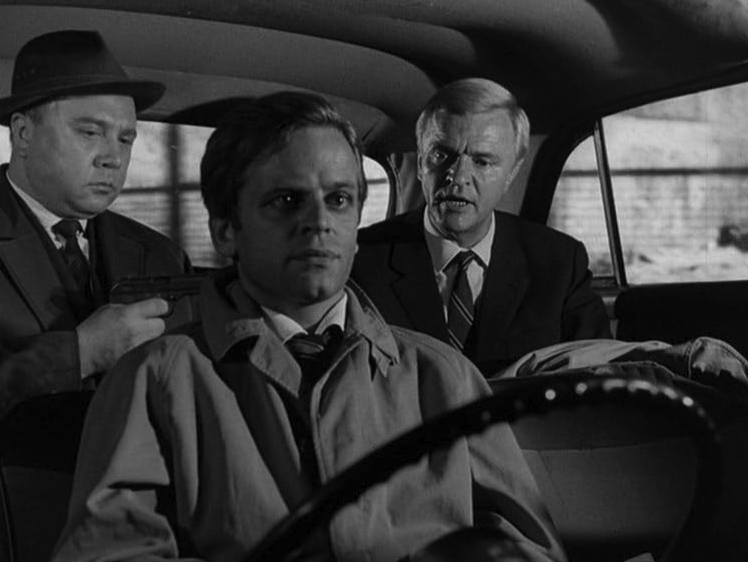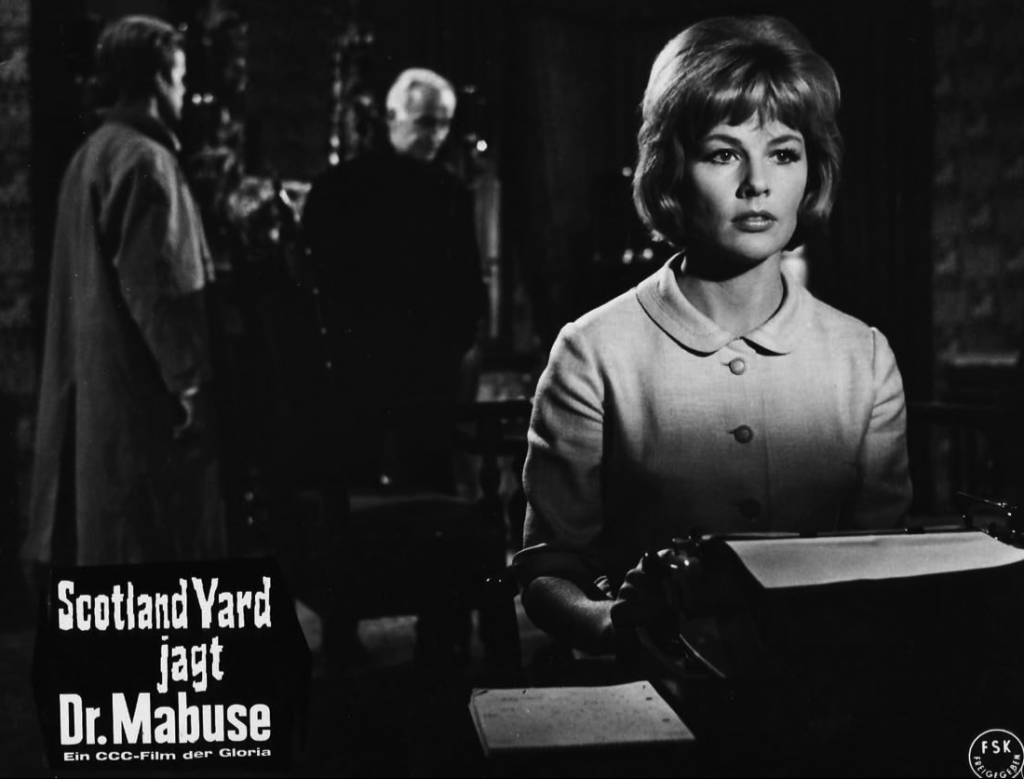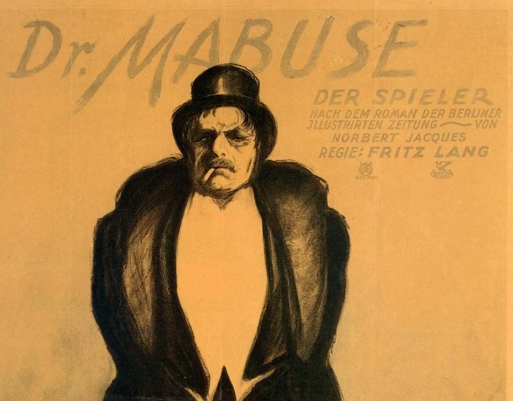DR. MABUSE - Today it would be called a series about Power Grab, Deep State, Autocracy and it fits our time as well as it did in the 1920s!
Norbert Jacques, the creator of Dr. Mabuse, conceived the character as a reflection of the chaotic and turbulent atmosphere of post-World War I Weimar Germany. Germany was in a state of political and economic instability during the early 1920s, marked by hyperinflation, street violence, and a rise in political extremism. Dr. Mabuse, as a criminal mastermind, symbolized these broader societal concerns, embodying fears about the disintegration of social order and the corrupting influence of power.
Jacques, through his creation of Dr. Mabuse, aimed to represent the decay of moral and ethical structures in German society. He was critical of how easily people could be manipulated, hypnotized, or controlled by figures in power, mirroring his concerns about political demagogues and their ability to sway public opinion.
Dr. Mabuse is not just a criminal but a symbol of chaos, representing the destructive forces at play in society. His ability to disguise himself and manipulate others reflects the uncertainties and insecurities felt by many Germans at the time, who saw their world unraveling. Jacques used Dr. Mabuse to comment on the fragility of democratic institutions and the dangers of authoritarianism, which was gaining ground in the form of radical political movements.
The character first appeared in a novel titled Dr. Mabuse, der Spieler (Dr. Mabuse, the Gambler). Dr. Mabuse is depicted as a master of disguise, a criminal mastermind, and a megalomaniac, who uses his intellect and psychological manipulation to control people and society for his own gain.
The character of Dr. Mabuse was later popularized in films, most notably by Fritz Lang, who directed three influential films about the character:
Fritz Lang’s and Dr. Mabuse
Fritz Lang, who directed the famous films about Dr. Mabuse, extended and deepened Jacques’ commentary on German society. Particularly, in his second Mabuse film, The Testament of Dr. Mabuse (1933), Lang drew explicit parallels between Dr. Mabuse and the Nazi regime. The film was a clear critique of the rise of fascism and the threat posed by dictatorial figures who sought control through fear and psychological manipulation.
In The Thousand Eyes of Dr. Mabuse (1960), Lang explored themes of surveillance and paranoia, responding to Cold War tensions, but still grounded in the political anxieties that stemmed from Germany’s darker past.
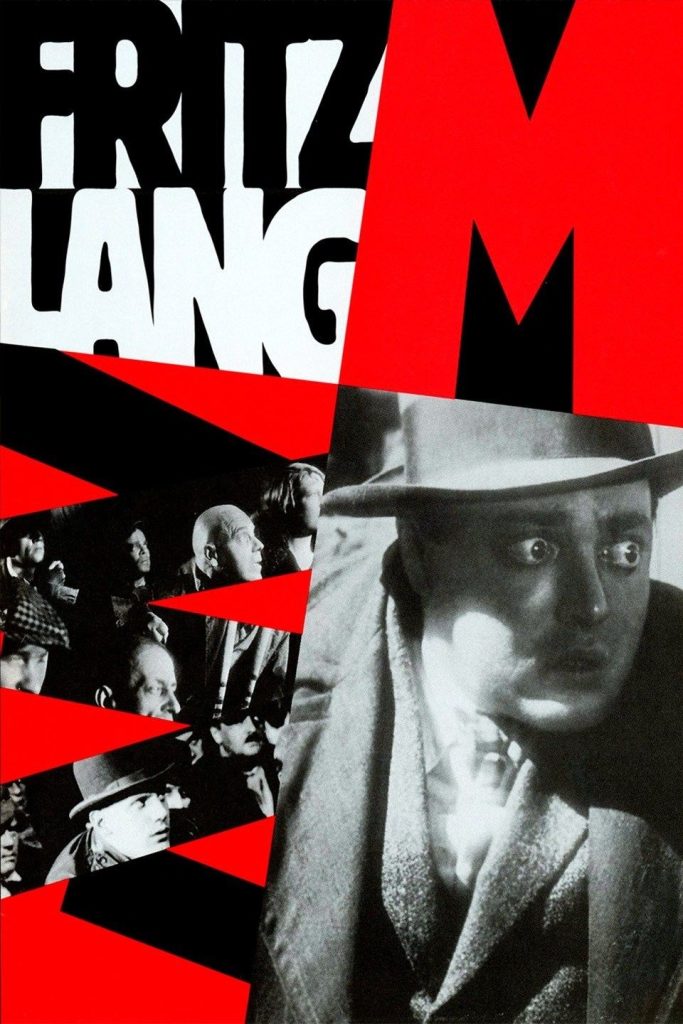
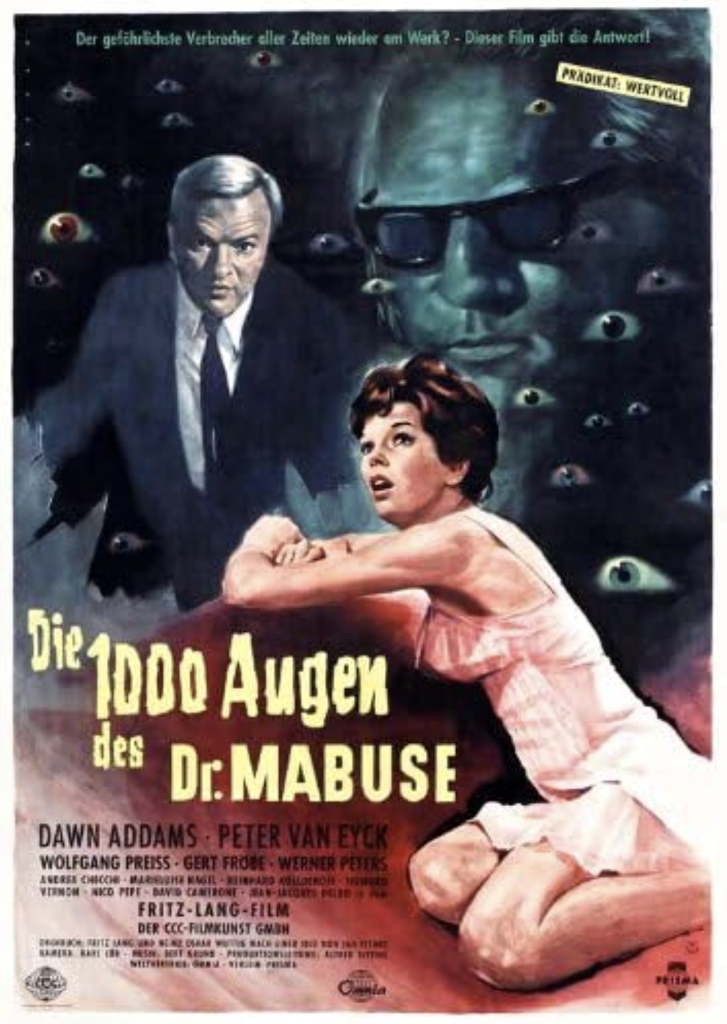
Mabuse as a Social Critique
Mabuse’s use of hypnotism and mental domination reflected how people could easily fall under the spell of charismatic leaders, a warning about political demagoguery and social decay.
Both Jacques and Lang saw Mabuse as a metaphor for the rise of authoritarianism and the manipulation of the masses, whether by fascist or communist regimes.
Mabuse’s character showed how weakened institutions and fractured societies could allow for the rise of destructive, tyrannical forces.
Through Dr. Mabuse, Norbert Jacques critiqued the fragility of post-war German society, warning about the dangers of manipulation, moral collapse, and the rise of authoritarian figures who sought to exploit those societal weaknesses for their own gain.
Dr. Mabuse, the Gambler (1922) – This silent film introduces Dr. Mabuse as a man who manipulates and controls people through hypnosis, gambling, and crime, creating chaos and disorder in society.
The Testament of Dr. Mabuse (1933) – This film portrays Dr. Mabuse as a criminal genius whose evil plans continue even after his death, as he directs his followers from beyond the grave through his written instructions.
The Thousand Eyes of Dr. Mabuse (1960) – In this later installment, Dr. Mabuse’s influence persists, and the film deals with surveillance and paranoia in a world controlled by unseen forces.
Additional films were made including “The Invisible Dr. Mabuse”, “Scotland Yard hunt Dr. Mabuse (aka Dr. Mabuse vs. Scotland Yard)”, “The Secret of Dr. Mabuse”, “The Vengeance of Dr. Mabuse”
The “tails” of Dr. Mabuse usually refer to the various narratives, subplots, and themes associated with his character, such as themes of power, control, manipulation, and dystopia. The character embodies fears of totalitarianism, psychological manipulation, and the misuse of authority, which resonated in post-World War I and post-World War II Germany.
Dr. Mabuse is often seen as a precursor to modern-day supervillains, as his character inspired numerous depictions of criminal masterminds in literature and film.
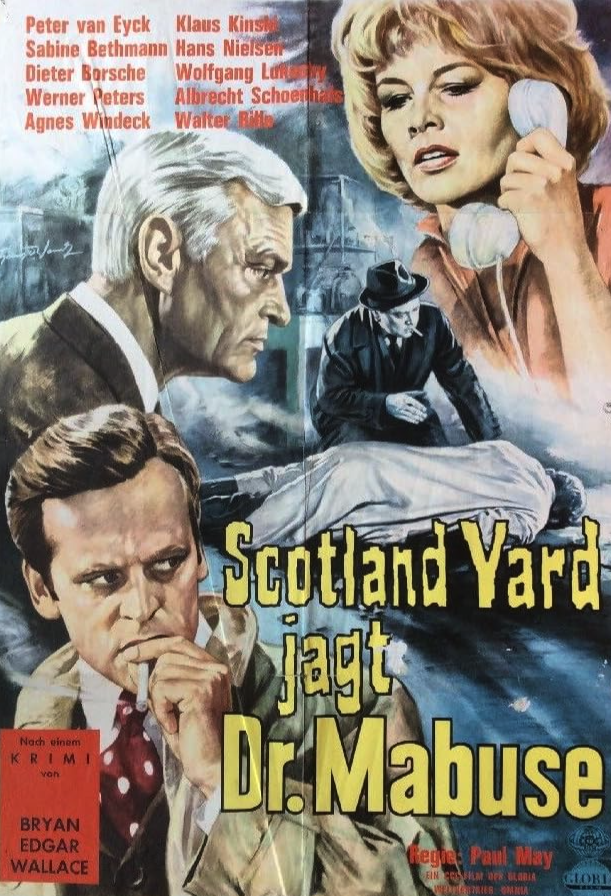

Dr. Mabuse was indeed influenced by Fantômas, especially in terms of the master criminal archetype. When Norbert Jacques created Dr. Mabuse in 1921, he drew inspiration from earlier figures of villainy, including Fantômas, who had already gained significant popularity in French literature and cinema.
Key Influences of Fantômas on Dr. Mabuse:
- Master of Disguise and Elusiveness: Both Fantômas and Dr. Mabuse are notorious for their ability to change their appearance and identity at will. Fantômas, especially in the novels by Marcel Allain and Pierre Souvestre, was known for his use of elaborate disguises to commit crimes and evade the law. Dr. Mabuse adopted this trait, constantly appearing in different guises, making him similarly elusive and almost impossible to capture.
- Criminal Genius and Amoral Behavior: Fantômas is portrayed as an amoral, ruthless figure who delights in chaos and violence. He embodies a kind of pure evil, committing crimes for the thrill rather than for political or personal gain. Dr. Mabuse, while more calculated and driven by a desire for power, still shares this amoral characteristic. He enjoys manipulation and crime for their own sake, pushing societal boundaries and reveling in chaos.
- Symbol of Anarchy and Chaos: Fantômas became a cultural symbol of the uncontrollable and random forces of criminality, much like Dr. Mabuse came to symbolize the instability and anarchy present in post-World War I Germany. Both characters reflect fears of societal collapse and the inability of the authorities to maintain order. However, where Fantômas was more anarchic, Dr. Mabuse had a clearer motive—control over society.
- Psychological Control and Manipulation: While Fantômas terrorized through violence and crime, Dr. Mabuse added a psychological dimension to his villainy, using mind control, hypnosis, and manipulation. This element distinguishes Dr. Mabuse from Fantômas and reflects the increasing psychological sophistication in the portrayal of villains. Nonetheless, the core idea of a criminal mastermind who operates above the law and instills fear is something Jacques adapted from Fantômas.
Evolution from Fantômas to Dr. Mabuse:
- Fantômas represents the anarchic villain of the early 20th century, thriving on unpredictability and the inability of modern institutions to control him.
- Dr. Mabuse builds on that foundation, evolving the villain into a more complex and organized figure who seeks not only to create chaos but to control and dominate society through psychological manipulation and intellectual superiority.
Norbert Jacques was undoubtedly inspired by the success and appeal of Fantômas when he created Dr. Mabuse, but he expanded the concept to reflect the political and social anxieties of Weimar Germany. While Fantômas is more of a chaotic, thrill-seeking anarchist, Dr. Mabuse adds a layer of ideological complexity and manipulative control, making him a villain not only feared for his crimes but for his ability to shape and influence society itself.
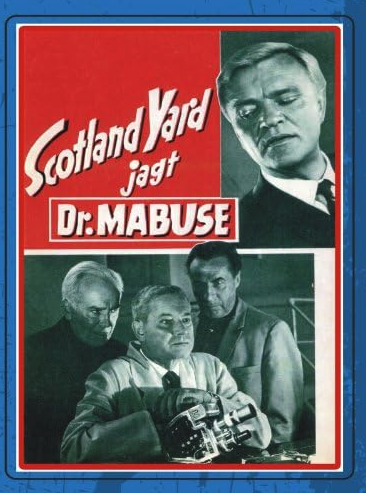
Dr. Mabuse and Fantômas are both iconic literary and cinematic characters who share similarities as master criminals and embodiments of chaos and fear, yet they originate from different contexts and cultural backgrounds. Their respective creators used these characters to explore similar themes of crime, manipulation, and societal disruption. Here’s a comparison of the two:
